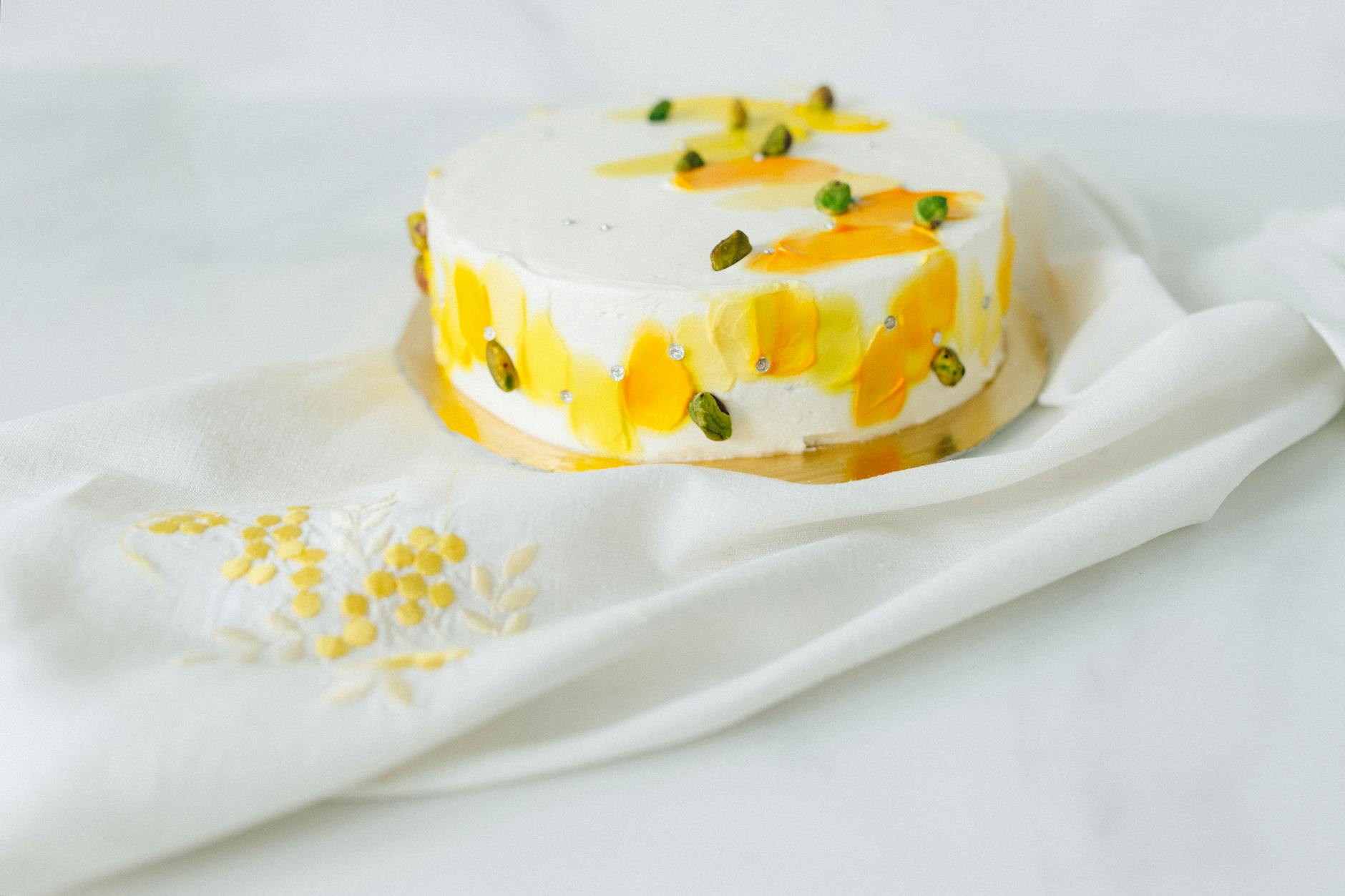Demystifying Cooking Measurements
Cooking isn’t just mixing ingredients; it’s like chemistry class without the lab coat. Nailing the measurements means you’re one step closer to tasting success. How you measure can make or break a dish, sort of like how too much salt can turn dinner into a salt lick for deer.
Why Nailing Measurements Makes All The Difference
Getting your measurements right is what separates the master chefs from the “oops, I threw in too much baking soda” moments. Everything needs to be just right—whether whipping up cupcakes or stirring a pot of chili—to get the flavors and textures to hit that sweet spot. A pinch too much or too little can turn a masterpiece into a “meh.”
Let’s chat grams for a sec. They’re like the gold standard—especially when your ingredients have minds of their own. Switching to grams ensures that each time you try a recipe, it’s just like the first time. Consistent, like your favorite fair food but without the overpriced soda.
If you want to dive further into how these little grams work wonders, especially when you’re stuck with a half-empty tub of sour cream, check out our piece on how many grams are in a cup; because sometimes you need a little help from your friends.
The Scoop on Grams as Your New Best Friend
Grams offer that reliable hug when measuring ingredients—it doesn’t matter if your flour’s been in the cupboard since your last binge baking session or freshly bought. Unlike those rogue cups and tablespoons that change their mind depending on what’s inside, grams are steady.
Using grams means saying goodbye to wildly different outcomes every time you cook. Following recipes to a tee and getting the same drool-worthy results is crucial. Especially with things that are as temperamental as a cat in the rain when you need them to be on their best behavior at the dinner table.
To switch from cups to grams for tricky ingredients like sour cream, conversion charts or online tools are your best bet. They’ll help make sure your batter doesn’t turn into an unexpected pudding. Mastering this math puts you back in control, ready to conquer any surprise your pantry throws at you.
By cracking the code of cooking measurements and embracing grams, you’re taking your cooking game from good to up-a-notch. Knowing your way around the kitchen scales is the springboard to creating cool, tasty dishes with confidence. Once you’ve got this down, experimenting feels less like a gamble and more like being a kitchen wizard.
Sour Cream in Cups to Grams
In the kitchen, getting your measurements right can mean the difference between a cake that’s fluffy and one that’s, well, sad and flat. That’s why converting from cups to grams is key. Let’s take sour cream, for example – a staple in many recipes. Here’s how to nail down how much that cup of sour cream actually weighs and a few handy tips for other ingredients too.
Converting Cups to Grams for Sour Cream
Measuring sour cream can be a little tricky, thanks to its density and moisture, but generally, a cup of this creamy wonder is about 240 grams. Want to be a wizard with weights in your recipes? This is your secret tool.
Check out this simple breakdown:
| Measurement | Sour Cream (grams) |
|---|---|
| 1 cup | 240g |
| 1/2 cup | 120g |
| 1/4 cup | 60g |
Bear in mind, these aren’t hard-and-fast numbers. Different brands might have slight variances, so if you wanna be bang-on, use a kitchen scale. Especially with sour cream, a bit more or less can change your dish’s whole game.
Handy Conversion Tips for Other Ingredients
Sour cream isn’t the only one you might wanna convert. Here’s a quick cheat sheet for other kitchen regulars:
- Flour: A cup of all-purpose flour weighs about 120 grams.
- Sugar: That sweet cup of granulated sugar? Roughly 200 grams.
- Butter: Stick it to 225 grams per cup of butter.
- Milk: A cup of milk tips the scale around 240 grams.
- Oils: One cup of veggie oil clocks in at approximately 224 grams.
By getting to grips with these conversions, your recipes will consistently wow. Measuring right is not just about flavor – it’s about showing off your cooking chops. Get more tips on nailing those measurements by checking out our full-length guide on measurements for cooking.





